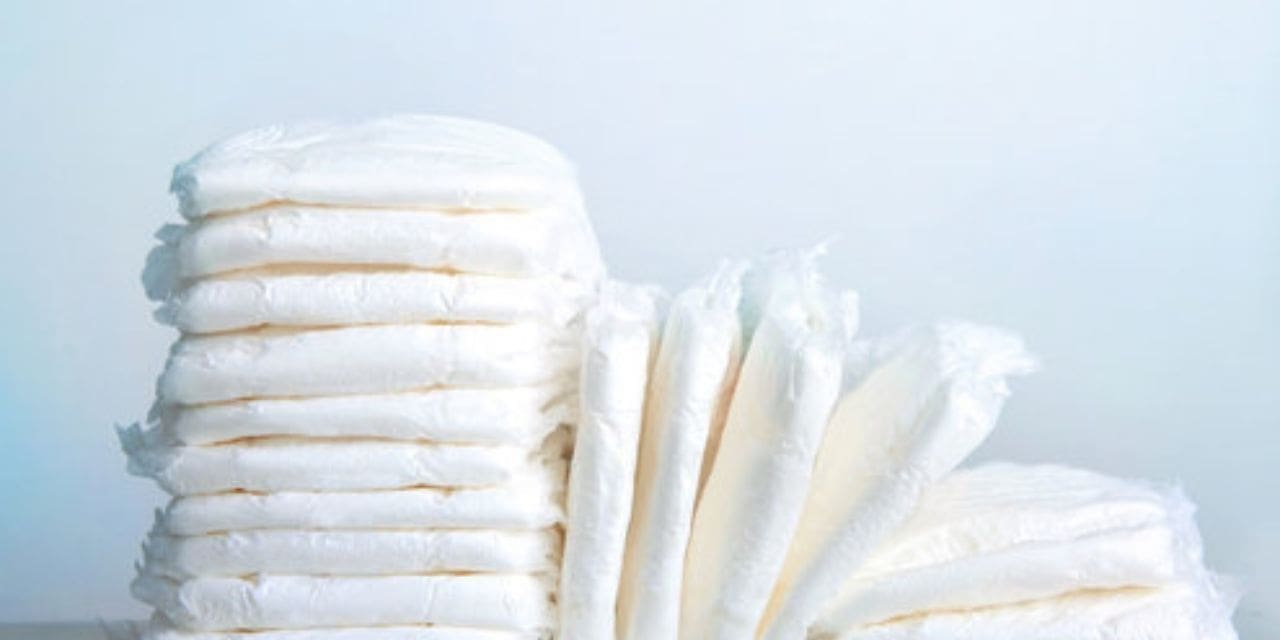According to a market research report, the “Smart Diapers Market With Covid-19 Impact Analysis, by End-Use (Babies, Adults), Technology (RFID Tags, Bluetooth Sensors), and Geography (North America, Asia Pacific, Europe, and Rest of World) – Global Forecast to 2026″, The Smart Diapers Market is estimated to be USD 646 million in 2021 and is projected to reach USD 1,531 million by 2026, at a CAGR of 18.8% from 2021 to 2026. Increase in penetration of internet users is one of the key factors driving the growth of this market.
Download PDF Brochure: https://www.
Browse
- 67 Market data Tables
- 41 Figures
- 135 Pages and in-depth TOC on “Smart Diapers Market – Global Forecast to 2026″
This report also provides a comprehensive analysis of the companies listed below:
Some of the key players in the North American smart diapers market are Procter & Gamble (US), Kimberly-Clark (US), Vandrico Solutions Inc (Canada), ElderSens (US), and Smardii Inc. (US).
Merger & acquisitions, investments & expansions, partnerships & collaborations, and new product developments are some of the major strategies adopted by these key players to enhance their positions in the Smart Diapers Market.

Request Sample Pages: https://www.
Procter & Gamble (US) is the dominant player in the global Smart Diapers market. The company invests in R&D to introduce innovative products, which can be of higher quality and can be used across end-use industries at affordable prices. It also has a strong distribution channel, making products available across the globe to various end-users. Procter & Gamble is among the largest producers of diapers in the US. The company has a wide range of product offerings, as it is among the largest producers in the country. It has the highest R&D expenditure percentage compared to other major players in the market and has also expanded in recent years.
It has a good brand image, is among the new manufacturers of smart diapers, and has a good product differentiation and impact on customer value. Procter & Gamble has a global presence. The company focuses on the effectiveness of growth strategy, as it is focusing on inorganic strategies. It has a strong distribution channel and has 23 manufacturing sites located in 17 states across the US and 84 manufacturing sites in 37 other countries as of 2020, making it one of the largest companies globally. The company is well aligned with its strategy of sustainable growth. It also has high operating and profit margins.
Kimberly-Clark (US) is a global health and hygiene company that manufactures and provides consumer products. The company products include diapers, tissues, paper, towels, disposable face masks, surgical gowns, and incontinence care products. It is one of the leading manufacturers of baby care, family, and childcare professional products. The company operates through three segments: personal care, consumer tissue, and K-C Professional (KCP). It sells its baby care and adult care products through the personal care segment. The company’s baby care and adult care products are sold under several well-known brands, such as Huggies, Pull Ups, GoodNites, Depend, and Poise. The company sells its products directly to warehouse clubs, mass merchandisers, supermarkets, drugstores, departmental stores, and other retail outlets. It sells its products through distributors and e-commerce sites.
Kimberly-Clark has been expanding its operations outside the US, especially in developing markets such as South America, Asia Pacific, and Eastern Europe. Its R&D expenditure is directed toward new or improved personal care materials.
Inquire Now: https://www.
Trending Plastics Industry Reports

